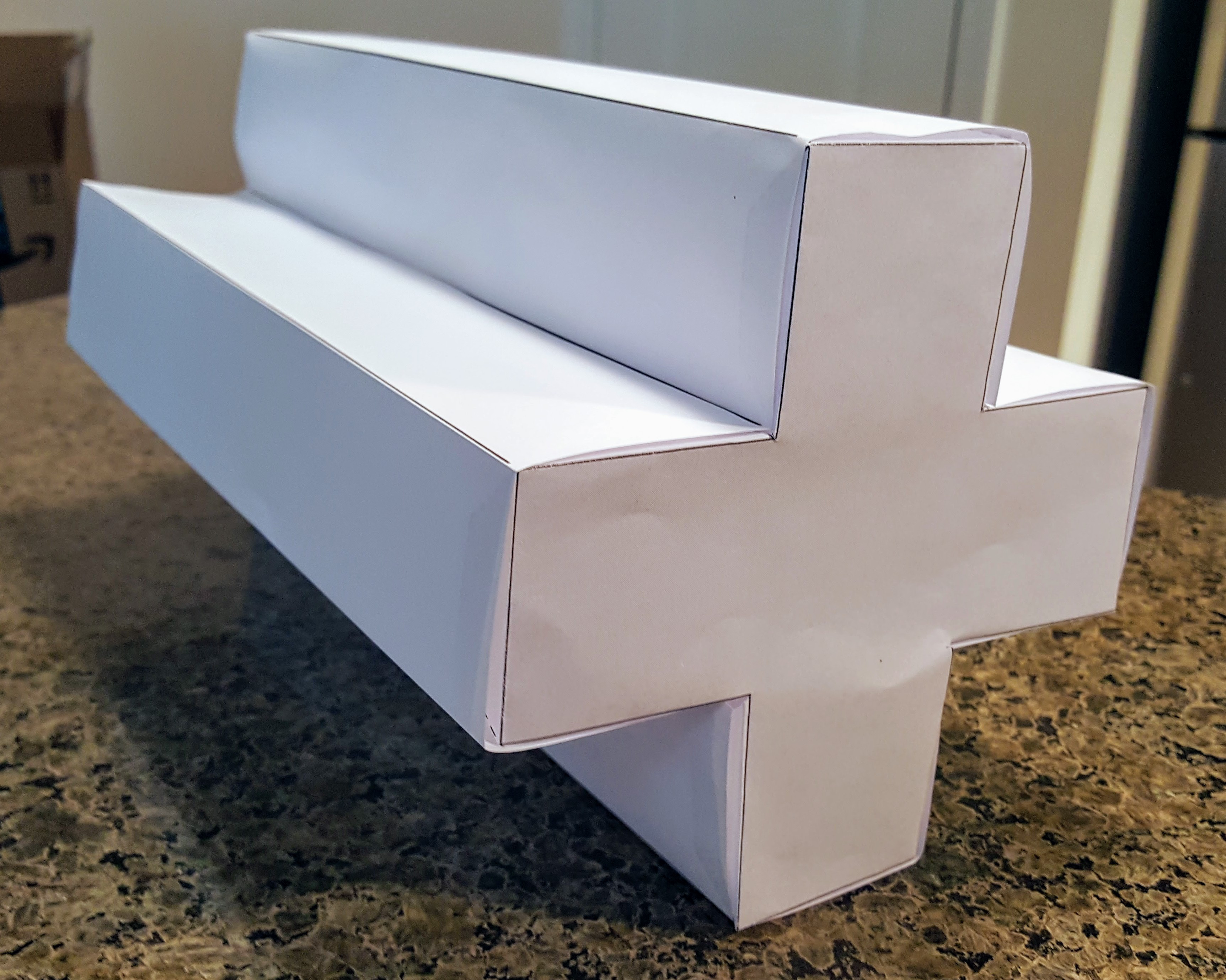Lesson 16
Surface Area of Right Prisms
Lesson Narrative
In an earlier course, students used nets made of rectangles and triangles to find the surface area of three-dimensional figures. In this lesson they find surface areas of prisms, and see that the structure of a prism allows for shortcuts in adding up the areas of the faces. They see that if the prism is sitting on its base, then the vertical sides can be unfolded into a single rectangle whose height is the height of the prism and whose length is the perimeter of the base. The purpose of the lesson is not to come up with a formula for the surface area of a prism, but to help students see and make use of the structure of the prism to find surface area efficiently (MP7). Students end the lesson applying their knowledge of surface area and volume to calculate both values for a wheelbarrow. They will continue to calculate volume and surface area measurements for real-world objects in the following lesson.
Learning Goals
Teacher Facing
- Comprehend that surface area and volume are two different attributes of three-dimensional objects and are measured in different units.
- Estimate measurements of a prism in a real-world situation, and explain (orally) the estimation strategy.
- Interpret different methods for calculating the surface area of a prism, and evaluate (orally and in writing) their usefulness.
Student Facing
Let’s look at the surface area of prisms.
Required Materials
Required Preparation
Assemble the net from the blackline master to make a prism with a base in the shape of a plus sign. Make sure to print the blackline master at 100% scale so the dimensions are accurate. This prism will be used for both the warm-up and the following activity.

Learning Targets
Student Facing
- I can find and use shortcuts when calculating the surface area of a prism.
- I can picture the net of a prism to help me calculate its surface area.
Glossary Entries
-
surface area
The surface area of a polyhedron is the number of square units that covers all the faces of the polyhedron, without any gaps or overlaps.
For example, if the faces of a cube each have an area of 9 cm2, then the surface area of the cube is \(6 \boldcdot 9\), or 54 cm2.
Print Formatted Materials
For access, consult one of our IM Certified Partners.
Additional Resources
| Google Slides | For access, consult one of our IM Certified Partners. |
|
| PowerPoint Slides | For access, consult one of our IM Certified Partners. |